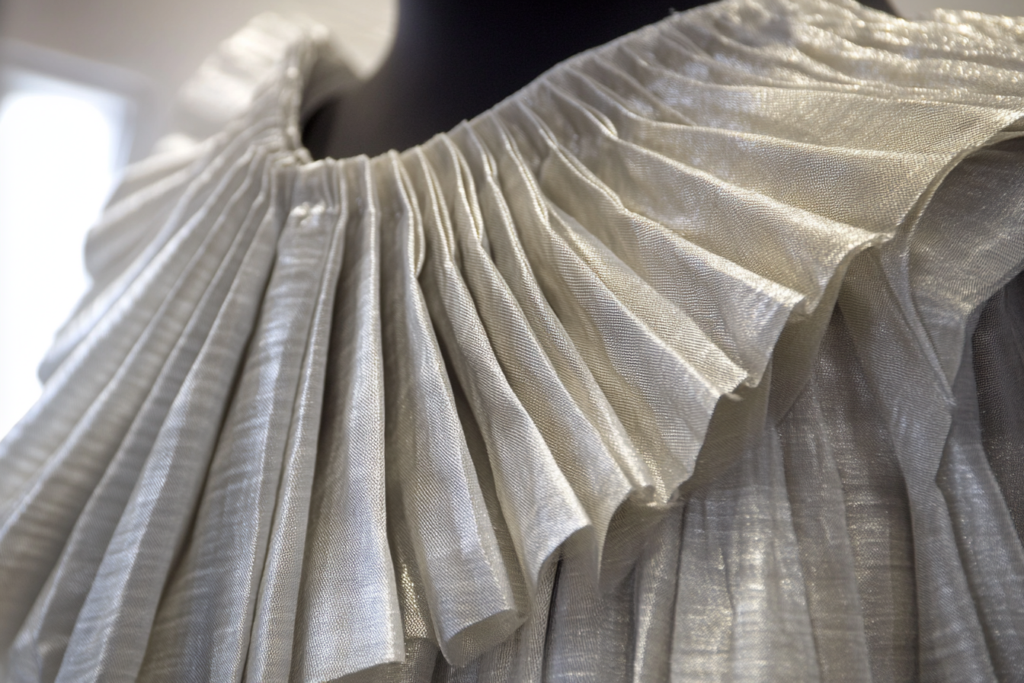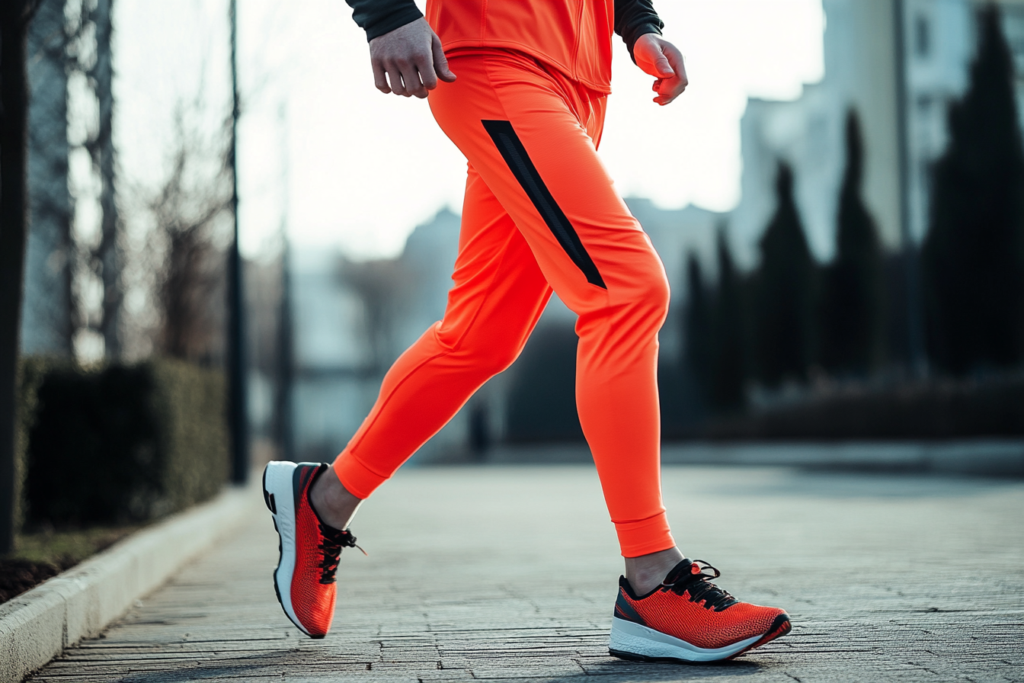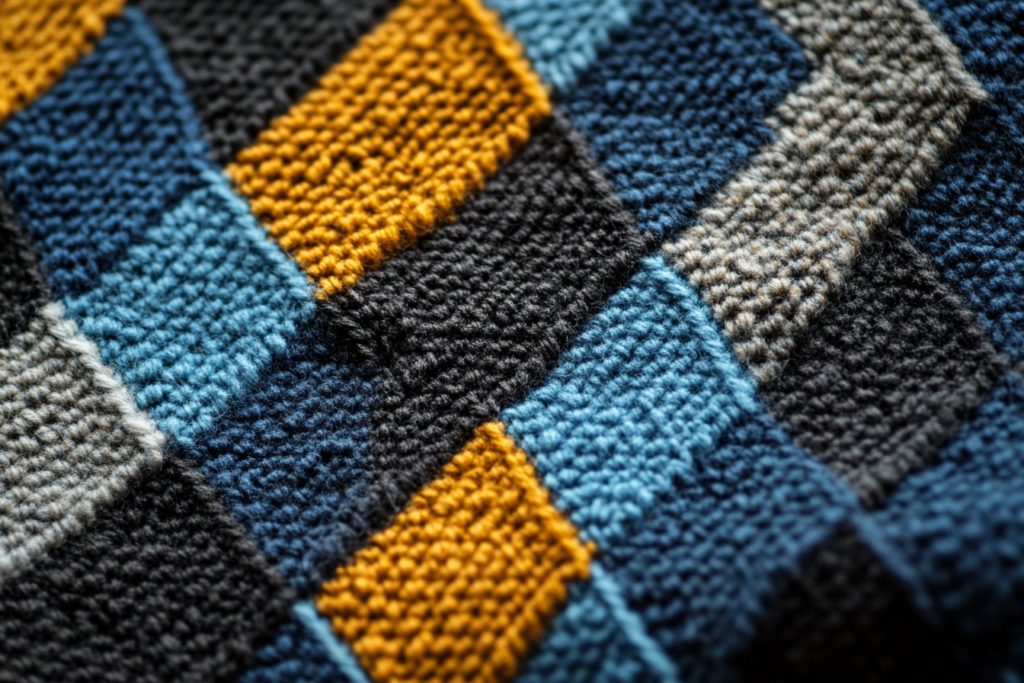Band: A Key Element in Garment Construction
Definition of a Band in Clothing
In fashion and garment construction, a band refers to a strip of fabric used to finish or reinforce the edges of collars, skirts, trousers, or other clothing elements. Bands can be decorative or functional, providing support, structure, and a polished finish to various garments.
From waistbands on trousers to neckbands on collars, bands are an essential detail in both casual and formal wear. They ensure durability, improve fit, and contribute to the overall aesthetics of a design. Whether used in high-fashion tailoring, everyday wear, or activewear, bands play an integral role in garment construction.
Characteristics of a Band in Fashion
1. Reinforced Structure
A band often provides additional support and structure to a garment, preventing fabric from stretching or losing shape.
2. Versatile Placement
Bands can be found in various parts of a garment, such as:
- Waistbands – Used in skirts, pants, and shorts for a secure fit.
- Neckbands – A small strip reinforcing the collar on shirts or dresses.
- Hem bands – Added to skirts and trousers for a structured finish.
3. Decorative and Functional
Bands can serve a purely functional purpose, such as holding up a skirt, or be decorative, adding contrast, texture, or embellishment to a garment.
Common Types of Bands in Clothing
1. Waistbands
A waistband is a fabric strip at the top of trousers, skirts, or shorts that provides structure and fit. It can be:
- Fitted (Non-Stretch) – Found in tailored garments like formal pants.
- Elasticated – Used in athletic wear and casual clothing for comfort.
2. Neckbands and Collar Bands
Neckbands are found on shirts, t-shirts, and dresses, reinforcing the collar area. They ensure that the neckline retains its shape and durability over time.
3. Hem Bands
Hems are often finished with a band of fabric to add weight, preventing the garment from curling or fraying. This is common in skirts, dresses, and outerwear.
4. Cuff Bands
The ends of shirt sleeves, blouses, and jackets often feature a cuff band, ensuring a neat and polished look.
Uses of Bands in Different Clothing Styles
1. Formal and Tailored Wear
In business suits, trousers, and pencil skirts, waistbands provide a structured fit, ensuring the garment sits properly on the body.
2. Casual and Everyday Wear
Casual outfits like jeans, leggings, and t-shirts utilize bands to enhance comfort and wearability.
3. Activewear and Sportswear
Elastic waistbands and hem bands are critical in yoga pants, gym shorts, and hoodies, offering flexibility, support, and durability.
4. Traditional and Cultural Garments
Many traditional attires feature decorative bands as embellishments or finishing touches, such as in kimonos, sarees, and hanbok.
Benefits of Using Bands in Garment Design
1. Improves Fit and Comfort
A well-constructed band ensures better fitting garments, especially in trousers and skirts, preventing slipping or sagging.
2. Enhances Durability
Bands reinforce edges and openings, preventing fabric wear and increasing garment longevity.
3. Adds Aesthetic Appeal
Bands can contrast in color, texture, or pattern, enhancing the visual appeal of clothing.
4. Provides Functional Support
In elastic bands, flexibility allows movement without discomfort, which is particularly beneficial in sportswear and maternity clothing.


